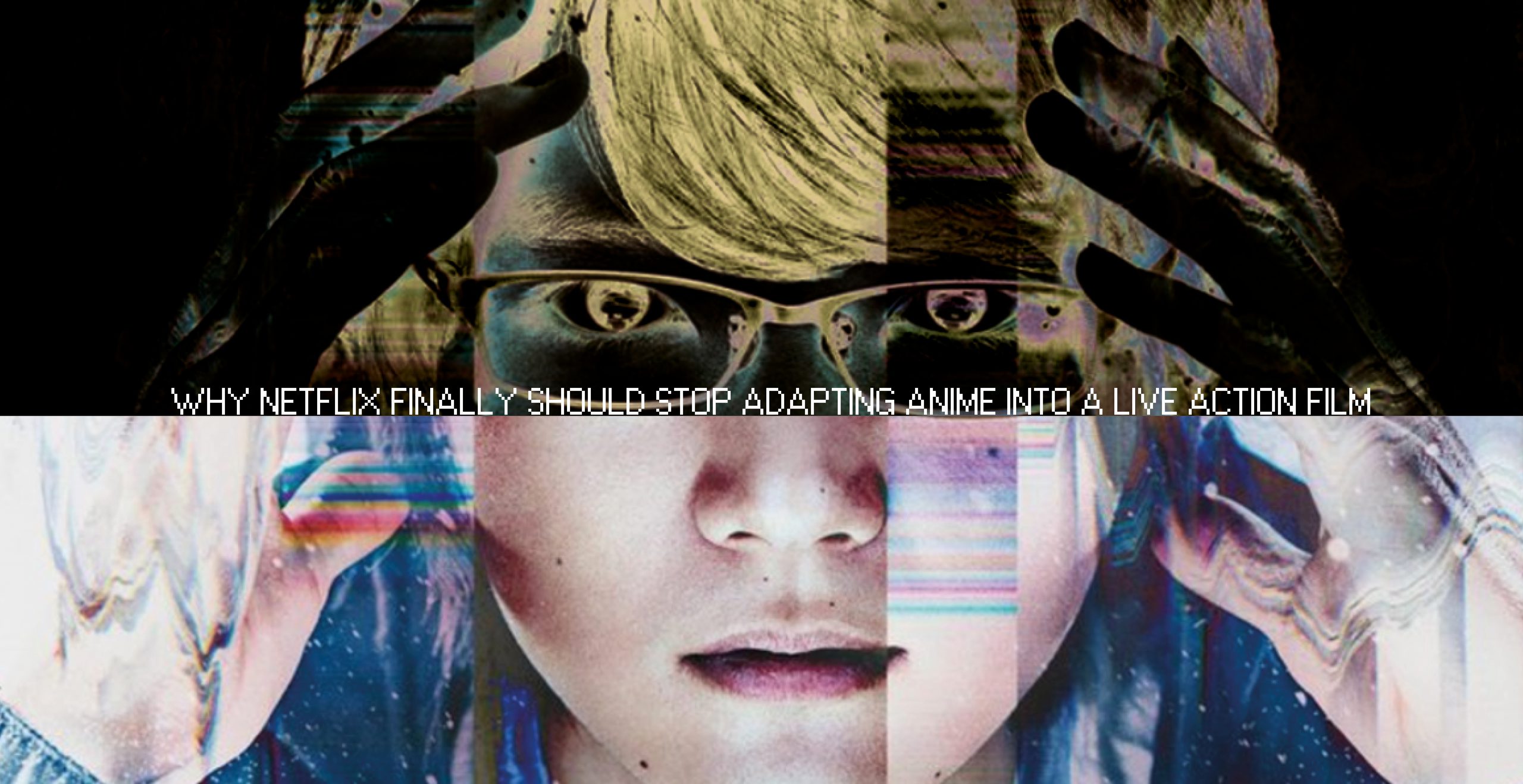If you’re talking to genuine anime enthusiasts (maybe even yourself, considering you’re reading this article), they usually focus on discussing the best anime within the fantasy and sci-fi genres. It’s understandable, given that the captivating aspects of anime lie in its mesmerizing visuals and intricate storylines.
However, ERASED offers a different narrative. It is an anime adaptation of Kadokawa Shoten‘s Young Ace magazine Kei Sanbe‘s manga series titled “僕だけがいない街” (lit. The Town Where Only I Am Missing). Serialized in Kadokawa Shoten’s Young Ace magazine from 2012 to 2016, the manga has also been licensed in English by Yen Press.
The story revolves around Satoru Fujinuma, a 29-year-old manga author with a peculiar ability to travel back in time. Referred to as “Revivals,” this power transports him just before life-threatening incidents, empowering him to prevent their occurrence. However, he cannot consciously control this ability. When his mother, Sachiko Fujinuma, recognizes a serial killer and intends to report him to the police, she falls victim to murder. Satoru, finding his mother’s lifeless body, suddenly finds himself transported back 18 years, inhabiting the body of his 10-year-old self. With his knowledge of a series of murders that occurred during that time, he realizes he must apprehend the perpetrator to save his mother.
At this point, a familiar realization may dawn upon us: this story bears resemblance to “The Butterfly Effect,” an American science fiction thriller from 2004 starring Ashton Kutcher. In the film, the protagonist, Evan, experiences “blackouts” that allow him to travel back in time and prevent his friends from experiencing suffering. The similarity lies in the storyline. The title, “The Butterfly Effect,” refers to a popular hypothetical scenario that demonstrates how minor initial differences can lead to significant, unforeseen consequences over time.
Returning to our anime, what truly stands out is the meticulously crafted cinematography and unconventional perspectives, enhancing the series’ realism. The voltage, or intensity, of ERASED also keeps viewers on the edge of their seats, as the story unfolds with captivating cliffhangers. ERASED concludes after a single season, effectively conveying a complete narrative while answering any lingering questions you may have.
Unsurprisingly, the success of ERASED did not go unnoticed. Netflix acquired the streaming rights and adapted the anime into a live-action TV series. However, alarm bells immediately ring due to Netflix’s track record with live-action adaptations, as evidenced by the underwhelming reception of “Death Note.” Perhaps it’s best to avoid watching the live-action version in English, as the dubbing raises several concerns regarding the actors’ talents and the overall portrayal. It’s a shame since it hinders the connection with the characters, especially Satoru, eroding understanding and compassion for his actions.
Netflix seems to have a knack for repeating the same mistakes, much like that one friend of yours who keeps going back to their miserable ex. But hey, we already knew that, didn’t we?
Nonetheless, ERASED remains an absolute recommendation and a true gem for every anime enthusiast. It enriches the heart of anyone who watches it.



























